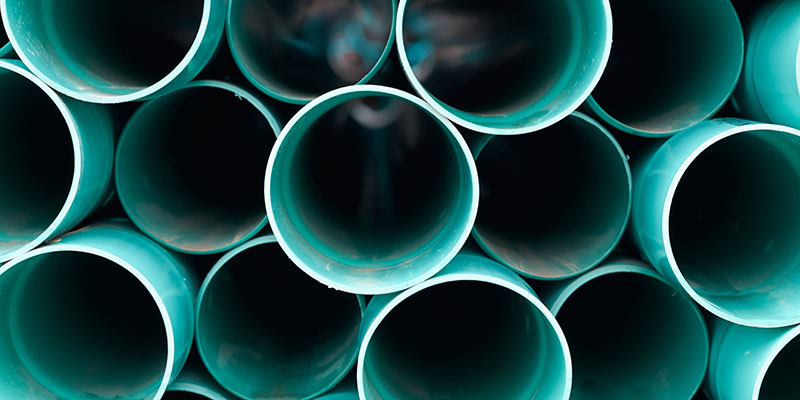Pipeline construction can account for more than half of capital expenditures in water infrastructure projects. Modular units can save the cost of long pipelines.
Water plants across the nation need replacing, and there are cost-effective solutions
Infrastructure Week started out in 2017 as a way to drum up support for a high-dollar building plan. The vision was long on ambition, but short on commitments. While some have pointed to observations of Infrastructure Week – in 2017 and since — as political posturing, one fact is indisputable: Infrastructure in the United States is due for an overhaul.
Consensus around this fact led to the 2021 enactment of the $1 trillion Bipartisan Infrastructure Law. One vital aspect of infrastructure is water and wastewater treatment and delivery, and the law contains the largest investment in water infrastructure in history.
As we observe Infrastructure Week 2023, Fluence believes that it’s time to adopt new thinking about infrastructure.
Perennial Problems with Pipe
In the U.S., infrastructure is entering what the American Water Works Association dubbed the Replacement Era, when much of our water and wastewater infrastructure will need to be replaced.
Why now? Because in the late 1800s, pipe was rated for 120 years. As the 20th century progressed, pipes were produced with less emphasis on longevity. Most pipes produced since World War II pipe have been rated for only 75 years. That means most of the pipe across the U.S. has a similar expiration date.
In general, constructing pipelines for wastewater treatment plants can be a crippling expense, multiplying with each mile. Often pipeline construction accounts for more than 50% of capital expenditures in water infrastructure projects, not including the leaks that must be detected and repaired each year afterward. Now that we are replacing infrastructure in the U.S., there’s an opportunity to take a smarter approach.
Tackling Pipe Costs with Decentralization
Instead of running pipelines from service areas to traditional, central plants miles away, why not use an array of smaller, modular facilities at points of need?
These decentralized treatment facilities require only standard, smaller gauge pipe, since they are placed right where they are needed. With wastewater treatment nearby, the benefits of water reuse are easy to access, whereas distant facilities would require a second lengthy pipeline to return the treated water.
Consider a system of dozens of highway service areas spaced 50 km apart in Hubei Province, China. How could wastewater from such far-flung locations be managed? The cost of pipe would be prohibitive.
The answer was 21st century infrastructure. Modular Aspiral™ plants from Fluence were trucked to that highway in China, easily installed, and now treat wastewater from those service areas to China’s Class 1A standards for reuse.
Consider a community outgrowing its natural freshwater resources. Before it brings in drinking water or builds an expensive pipeline, it would be wise to consider whether there’s a brackish or saline aquifer just underground. Or if the community is near a coastline, a modular desalination plant could be scaled to fit and deliver freshwater from a local source.
Updated Financing Options for Water and Wastewater Treatment
Even after decentralized cost efficiencies are realized, water infrastructure is still expensive. Our experts can work with you to determine the optimal setup of decentralized plants to provide a return on investment and provide you with what you need an affordable cost.
Fluence also offers Water Management Services which deliver water infrastructure at no upfront cost, and long-term operations and maintenance is included. Contact Fluence this Infrastructure Week to consider all the options available.

